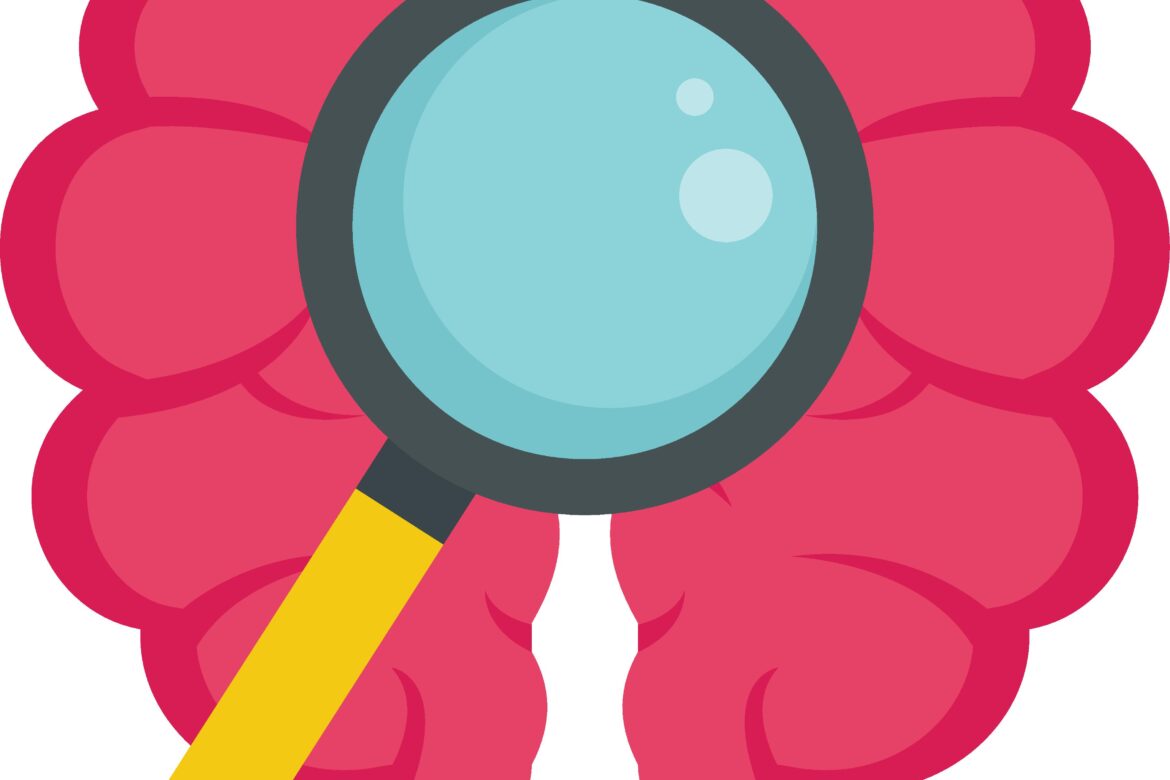Behavioral Momentum
This article is part of our ABA therapy techniques series where we explore the different techniques used by ABA therapists.
Behavioral momentum is a technique where the ABA therapist presents several simple demands in order to create momentum and help the child accomplish a more complex task. Read this article to learn more about behavioral momentum and how this strategy may facilitate learning new skills in children with autism.
What Is Behavioral Momentum?
Behavioral momentum is one of the essential tools used by ABA therapists. This intervention consists of asking a child to accomplish one or more easy tasks before attempting more challenging ones. Having the momentum of success with simple activities will increase the likelihood that the child will make the extra effort needed to attempt difficult tasks.
When the behavioral momentum strategy is used on a regular basis, the child’s motivation will gradually increase. The tasks that were once considered difficult will eventually become easy, so that the therapist can add new, more challenging, tasks to the program.
Designing and implementing a behavioral momentum interaction is simple. It can be used for teaching children with autism a variety of new skills, regardless of their age and abilities.
Benefits of using behavioral momentum
Motivation and compliance are the necessary prerequisites for successful skill building in children with autism. However, a child may fail to respond to the therapist’s requests if the task is too complex, the child lacks confidence, or if there is a physical limitation that prevents the child from completing the task.
Whatever the reason for non-compliant behavior, ABA therapists can resort to behavioral momentum intervention and turn a potentially negative learning experience into a positive one.
This strategy has many benefits, for example:
- It increases compliance
- It boosts the child’s motivation
- It provides the necessary confidence to complete a task
- It reduces frustration levels
- It decreases challenging behaviors
- It increases the chances that the child will learn a new skill.
How Is It Done
The behavioral momentum technique consists of the following steps:
Step 1: Identify low-probability behaviors
Low probability (low-p) behaviors are the behaviors that the child finds challenging and is least likely to comply with. The compliance rate for these behaviors is 50% or less.
To successfully implement behavioral momentum, the therapist starts by identifying easy tasks and deciding in which order they will be presented. It is usually necessary to make at least two easy requests before introducing a more demanding task.
Step 2: Identify high-probability behaviors
High-probability (high-p) behaviors are behaviors that the child finds fun and easy to complete. These behaviors have a compliance rate of more than 80%. High-p behaviors vary from child to child and depend on their age, preferences, and skill levels.
Step 3: Deliver 3-5 high-p requests
The therapist delivers 3-5 requests for high-p behaviors in a rapid sequence, immediately before giving a low-p request.
It is important that high-p requests are as simple and brief as possible. These are requests for accomplishing familiar tasks that the child has successfully completed in the past.
Step 4: Praise high-p behaviors
The therapist should reward the successful completion of each high-p task as soon as it is completed. A response to a high-p behavior request should include verbal or gestural praise, such as thumbs up, clapping, or waving hands in the air.
Step 5: Deliver a low-p request
Once enough momentum has been created, the therapist can introduce a low-p behavior request and reward the behavior.
A low-p request should be delivered as quickly as possible, preferably within 5 seconds of reinforcing the response to the last high-p request. Delaying the low-p request will decrease the likelihood of compliance.
Step 6: Modify requests as needed
The therapist may need to modify the high-p request in accordance with the child’s age and functioning level.
Step 7: Generalize requests
Requests for low-p behaviors should be delivered by multiple instructors in order to produce a generalized response even when the behavioral momentum strategy is no longer used.
Step 8: Phase out high-p requests
The number of high-p requests delivered before a target low-p request is gradually reduced.
Step 9: Monitor progress
The therapist records data on the low-p behavior to monitor the child’s progress.
When to Use Behavioral Momentum
Although it is not possible to use behavioral momentum whenever you want a child to comply with an instruction, this method is highly effective in the following situations:
- Before asking the child to attempt a difficult or low-probability behavior or task
- When you need to regain the child’s attention
- When you want to boost the child’s motivation
- Before transitioning into a new setting or activity
- When you want to reinforce a behavior that the child normally avoids.
Read on for some tips on how to make this ABA technique even more effective.
Tips to Make Behavioral Momentum More Effective
State, don’t ask
Always state a demand instead of phrasing it as a question. This way, the child will understand that not complying is not an option.
Give demands in close proximity
In order for behavioral momentum to be effective, you need to be in close proximity to the child and have the child’s full attention. Demands given from a distance are not very efficient.
Use clear language
Use short and clear sentences when delivering a demand, for example, “put your shoes on” or “sit at the table”.
Give demands in rapid succession
For best effect, you should give demands in rapid succession, preferably within 5 seconds of each other.
Provide reinforcement
Make sure to reward each high-p and low-p behavior. In the beginning, verbal praise may be insufficient and you may have to provide other reinforcers, such as stickers, treats, or tokens. These reinforcers can be gradually phased out as the child increases compliance with challenging tasks.
If you are ready to work with the best ABA therapy provider in Indiana, New Jersey, or New York, give us a call at (732) 402-0297. Our dedicated team is ready to help and we will treat you like family.









